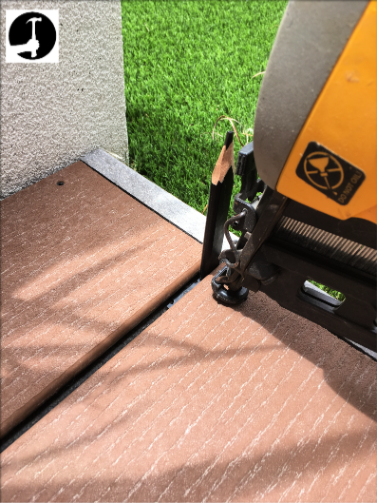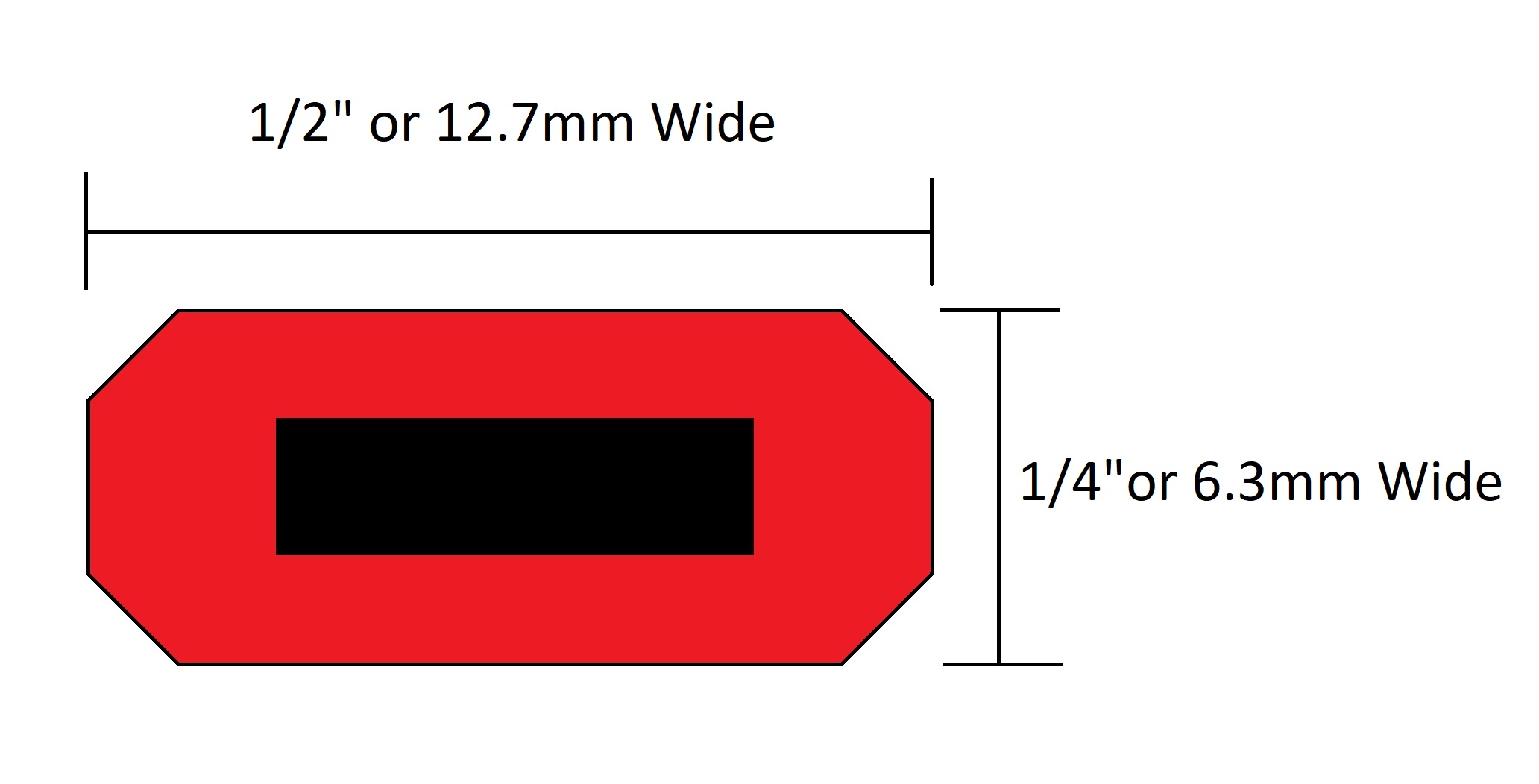5 things you probably didn't Know about Carpenters Pencils!
An essential part of any carpentry tool kit are special carpenters pencils. No decent chippy would be seen dead without a pencil behind his ear!
They are pretty much essential for marking out rough framing carpentry and roofing work because normal pencils wear out too quickly (especially when working in the wet) and can very easily snap when working with rough sawn timber.
Here's 5 other things you probably didn't know about how you can use them;
1. Carpenters pencils are made flat - so they don't roll away!
|
Ever wondered why they are flat? Made with a thicker and harder lead to last longer than normal pencils, they are manufactured with a flat design so that they don't roll away from you when put down on an uneven surface or sloping roof! That isn't the only reason their shaped like that, the width and thickness have a specific reason two; 2. They can act as a spacer for even, repetitive gapsThe Faithfull Carpenters pencils I use are 7"long (178mm), 1/2" (12.7mm) wide and 1/4" (6.3mm) thick. Knowing these dimensions means I can use them as a quick measuring guide, or even for spacing things like decking boards at perfect intervals. In the picture on the right I used them along with the decking clips to make sure the gaps between decking boards were perfectly even as I went along fixing them to the joists. 2. You can use them to scribe perfect jointsOK so you'd need two to do this, but you can use the width of the carpenters pencil to scribe timber in for a perfect fit. By running the pencil along the timber you can mark the right amount to cut off so the timber fits perfectly against an uneven edge or surface. More information about how to scribe here. |
  |
4. If you sharpen both ends, you'll save time if one breaks
I sharpen both ends of my pencils with different thickness of lead exposed so I can mark thicker lines on rough material and neater lines on smooth materials depending on what I'm doing.
This also helps if the lead on one end snaps when I'm in the middle of a job because I don't need to stop what I'm doing or put anything down while I sharpen the lead before moving on.
5. Using a knife to sharpen them is good, a special sharpener even better
The problem with always sharpening a carpenters pencil with a knife is you can waste a lot of the lead doing so. The purpose made sharpener helps avoid this as you can spin it like a normal pencil/sharpener.
For that reason I carry a purpose made sharpener in my pouch, but use a knife as well depending on the type of tip I want for the material I am working on.
How much do Carpenters Pencils cost and where can you buy them?
For fine finish carpentry work the lead is generally too thick to mark accurately enough and so for that I use good quality Staedtler HB pencils, like you used to use in school.
It is really important for accurate setting out that I always keep my pencils really sharp. A thick line could easily be over 2/3mm out if you cut the wrong side of it!
On the right are both types of pencils I use depending on which job I'm doing, buying them in bulk saves me heaps of money in the long run and I never run out of them either.
Click here to shop for Carpenters Pencils at Amazon.co.uk
Have a comment or question about carpenters pencils?